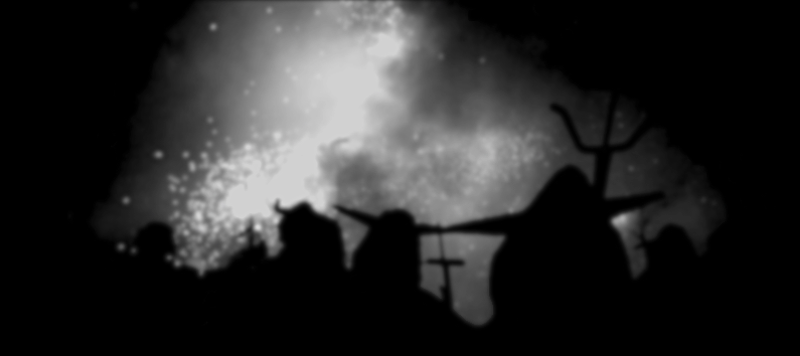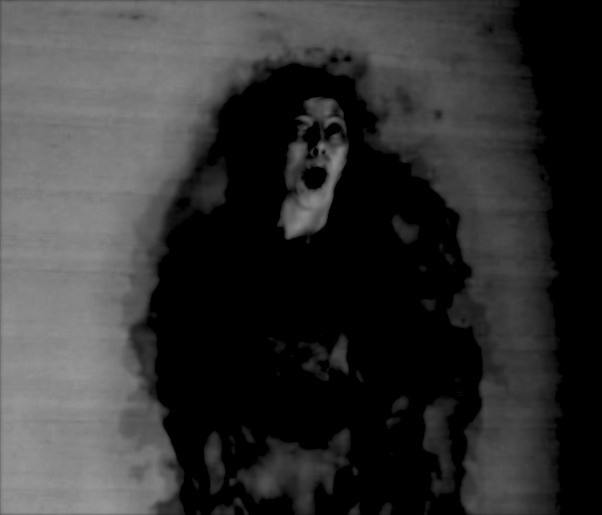What Is Black Magic? An Introduction to the Dark Arts

Familiar with the dark arts? This article will test your knowledge of basic black magical theory.
Table of Contents
I. Overview
This day and age, it’s fair to assume that most people encounter the phrase black magic at some point in their lives, usually in the context of some questionable or dishonourable figure(s).
Traditionally, for the most part, religion and mythology have been responsible for exposing people to the term.
Nowadays, though, as followers of conventional organized religion continue to decline in numbers, people in the West are more likely to stumble upon the term elsewhere, such as, for example, through astrological and occult studies, as well as various sources of media, including video games, graphic novels, comics, film and literature, etc.
But what does black magic actually refer to? And what is its significance?
II. Definition of Black Magic
As with most older terms, black magic has been assigned numerous definitions over the years—each change in definition typically stemming from cultural bias. Listed below are two of these definitions followed by brief explanations of their semantic relevance.
black magic / [blæk ˈmædʒɪk] / noun
- magic practiced for evil purposes or involving the invocation of evil spirits; magic performed with the intention of doing harm
- the use of supernatural powers for selfish purposes; magic that harnesses occult forces to manipulate the life or lives of the practitioner(s)
If you ask a random person what they think the definition of black magic is, their answer will probably sound something like the first definition. This is because—regardless of who’s responsible, be it religious authorities, seers, elders, psychics or the media—this is how black magic has been characterized for thousands of years. It has always been emphasized as inherently evil or malicious.
The second definition, however, attempts to strip the term of all moral baggage. Instead, it provides an objective common ground that most, if not all prior definitions seem to share, even if only subtly.
i) Black Magic as a Pejorative
Since black magic is more commonly understood as being reserved for those who wish to inflict evil upon others in some way, it’s no surprise that the phrase has a history of being used disparagingly.
Today, people still apply the phrase to ritualistic, esoteric, magical and ceremonial practices they disapprove of. Disapproval can occur for many reasons, but typically people discredit whichever practical elements they consider immoral, inferior, subversive or just downright stupid. (This is especially common among the self-righteous.)
Note: Compare this type of condemnation to the countless historical examples of religious conflict and the rampant cognitive dissonance among those involved.
III. Black vs. White Magic
Because humans love dichotomy, it rarely happens that we invent something without conceptualizing its opposite as well.
i) An Oversimplification
There is one dichotomy in particular that can be traced back to the origins of human civilization, and yet, it remains one that we continue to obsess over. I’m talking of course about the ancient polar opposites of good and evil.
If for the sake of argument we accept that black magic is “evil,” it becomes easier for us to make sense of the concept of white magic. As black is the opposite of white, and evil the opposite of good, we can conclude that white magic must be “good,” at least superficially.
A deeper look into the meanings of these terms reveals that they denote more than simply “evil” and “good” magic. Like we did for black magic, if we strip away the moral baggage associated with white magic, we are left with a more specific understanding of what it actually means.
ii) Selfishness vs. Selflessness
In our second definition of black magic, the most important thing to note is that it is performed for selfish purposes.
This means that most of its practitioners are motivated by something that directly concerns their individual circumstances—something they therefore wish to manipulate. Because the active pursuit of changing one’s life can be considered either good or evil depending on how one seizes control, moral judgements are irrelevant when it comes to producing a general definition.
With this in mind, logic allows us to define white magic more accurately:
white magic / [waɪt ˈmædʒɪk] / noun
- the use of supernatural powers for selfless purposes; magic that harnesses occult forces to manipulate the lives of others, usually independent of the life or lives of the practitioner(s)
Even with our polished definitions, we still encounter moral associations.
It’s safe to say that in most cases, the words selfish and selfless carry negative and positive connotations, respectively. Selfishness is associated with pettiness and greed; selflessness is associated with compassion and altruism.
So even though the practice of black and white magic is not intrinsically tied to ethicality, the fact that it is motivated by either self-concern or self-denial means it is liable to moral judgement.
IV. Rites, Rituals and Other Customs
This scope of this article does not include methodology, procedure or anything else related to the actual performance of rituals. It is, however, concerned with:
- The role rituals play in the application of black magic
- The degree to which mainstream media has influenced their popular conception
Whether the result of exposure to religious propaganda, graphic horror films or the subcultures of extreme metal music (just to list a few sources of popular black magic), the average person’s idea of what a black magic ritual actually entails tends to be misguided.
A lot of people seem to forget that the word ritual simply refers to a series of actions performed in a prescribed order. A ritual can be something as mundane as brushing your teeth at night.
And yet, dark rites are continually portrayed as shocking, bizarre or plainly absurd. For example, the 1976 film To the Devil a Daughter presents black magic practitioners as psychotic kidnappers who attempt to sacrifice the protagonist’s daughter to Satan, offering her as a vessel for the incarnation of Astaroth.
You can rest assured, however, that the average black magic ritual involves neither kidnapping, human sacrifice, nor an attempt to incarnate a member of the Unholy Trinity.
The fact of the matter is that the standard customs of practical black magic are strikingly similar to those of major organized religions. The use of candles, incantations, symbolism, accoutrements, incense and coordinated movements—these are all pretty much the bread and butter of any religious or magical ritual.

By Marco Passaretti
Marco obtained his Master's degree in philology from the University of Cagliari. He has always been fascinated by the supernatural and maintains a strong appreciation for historically accurate occult fiction.





